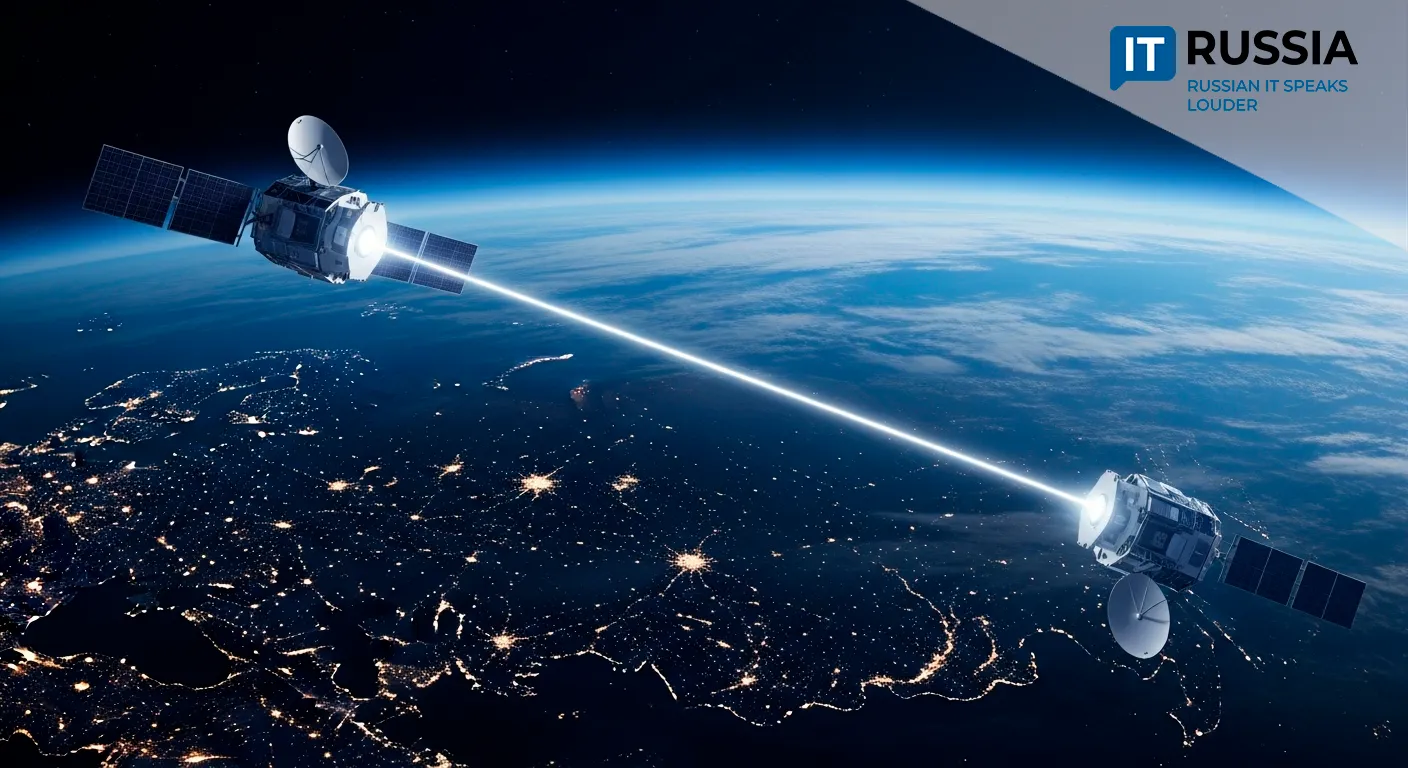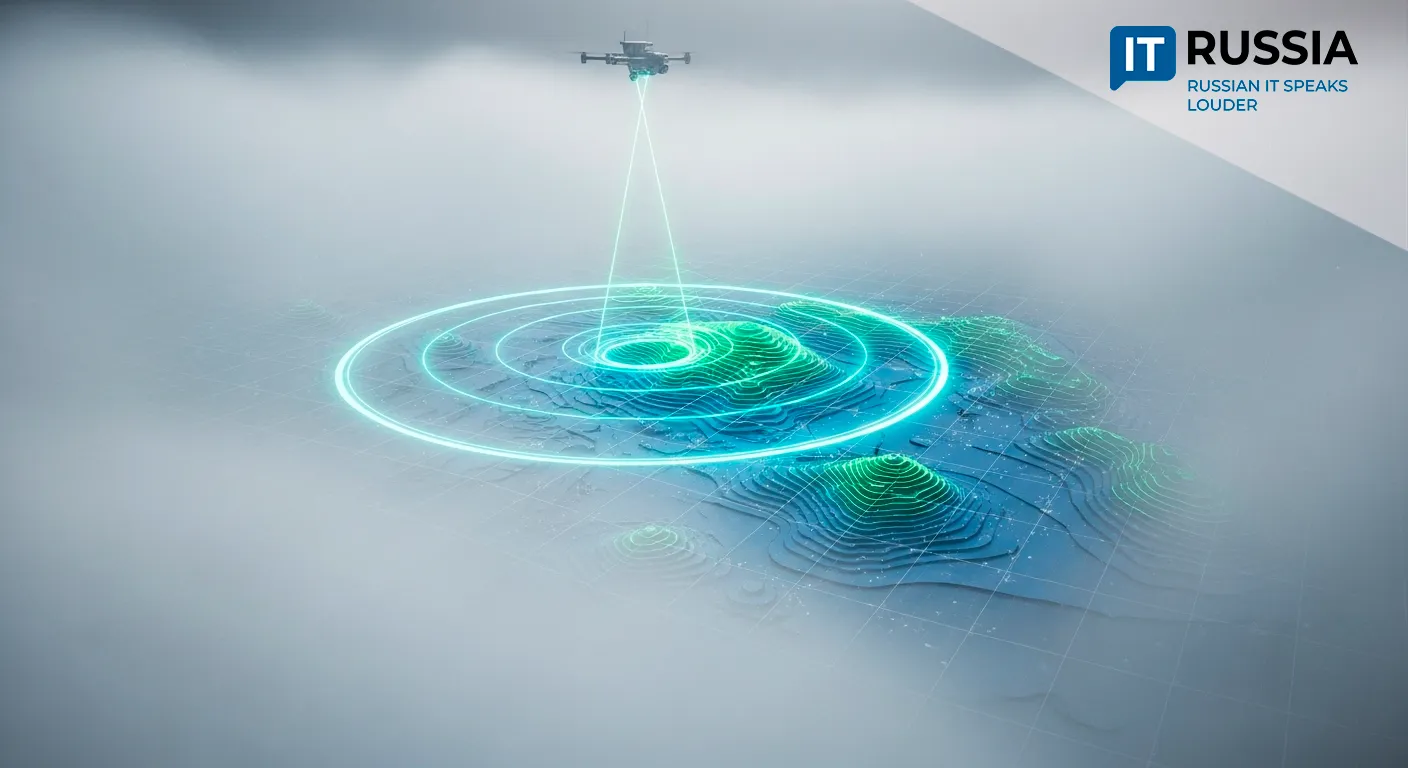Challenging Musk: Russia Deploys Laser Inter-Satellite Links

Russian firm Bureau 1440 launched laser inter-satellite communication just nine months after SpaceX, marking a strategic breakthrough amid sanctions and limited access to foreign tech.
Narrowing the Gap
SpaceX is widely acknowledged as a global leader in advanced satellite communication technologies, backed by vast financial and institutional resources. Yet Russia’s Bureau 1440—founded only 4.5 years ago—is quickly gaining ground. The firm has achieved a milestone in deploying laser-based inter-satellite communication, a technology that SpaceX introduced commercially in late 2023. Bureau 1440 followed just nine months later, launching its own operational system in mid-2024.
“If we look at low Earth orbit satellite constellations, Starlink was the first to integrate laser communication in space,” said Dmitry Agafonov, Deputy CEO for Business Development at Bureau 1440. “And while Starlink has been in the works for a decade, and we’ve only existed for 4.5 years, the technology deployment gap is just nine months.”

The Case for Laser Links
The company highlights the value of laser inter-satellite links for next-generation low Earth orbit (LEO) constellations. Traditional radio wave–based communication has drawbacks—slower speeds and susceptibility to interference. Laser-based systems transmit high volumes of data instantly and with minimal distortion. The result is dramatically improved bandwidth and stability for end users, especially in remote or underserved regions.
The new technology was tested on the ‘Rassvet-2’ satellite mission, launched in May 2024. During trials between May and July, satellite-to-satellite sessions were conducted at distances ranging from 300 to 1,005 kilometers. Tests were successful, achieving data transmission speeds of up to 10 Gbps. According to the company, the technology is now ready for full-scale rollout, pending final validation and reliability testing before mass production begins.

Innovation Under Pressure
It’s worth noting that SpaceX began its laser link development in 2020, at a time when Bureau 1440 had just been formed. SpaceX’s timeline from concept to deployment spanned about three years. Bureau 1440 achieved similar milestones despite facing unprecedented sanctions and limited access to global technology markets. The nine-month delay is more symbolic than substantial.
This context underscores the difficulty of competing in a globalized sector under geopolitical constraints. Bureau 1440’s progress reflects Russia’s resilience and growing capacity in space-based communication systems.

Global Relevance and Market Opportunities
While the primary goal of the technology is to serve Russia’s domestic market—especially its vast, infrastructure-challenged regions—the global implications are also clear. Many countries in the Global South face similar connectivity gaps and could benefit from high-speed satellite internet. With a reputation for long-term reliability, Russia may present itself as a more stable partner compared to Western competitors whose participation can be influenced by political considerations.
Bureau 1440’s experience shows that innovation is still thriving in Russia despite restrictions. The nation is not only securing its digital sovereignty but also carving out a competitive role in the international telecom landscape.










































